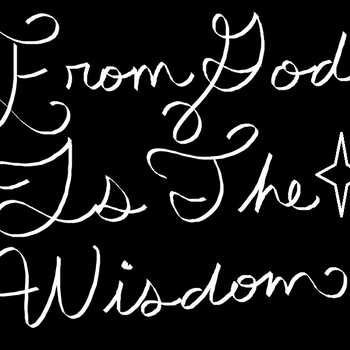What is #3.23*10^12# in standard form?
3 Answers
Explanation:
So
In standard form,
Explanation:
First of all, standard form basically means writing out a number as it would normally look. For instance, it would be just like writing the number 0.002 or 450.
In addition, in often times you might be asked to write a number from scientific notation to standard form. An example of how this would look like can be seen below.
(e.g.) Scientific Notation:
Standard Form:
Moreover, when changing a number from scientific notation to standard form you have to move the decimal point either to the right or to the left depending on whether the exponent is positive or negative.
For instance, looking at the problem
(e.g. of moving the decimal point)
In conclusion, if done correctly, the final result should be
*When you multiply a number by
When you multiply a number by
Explanation:
I elected to show it this way to give you a feel of how multiplying by 10's works .
This continues until you end up with:


